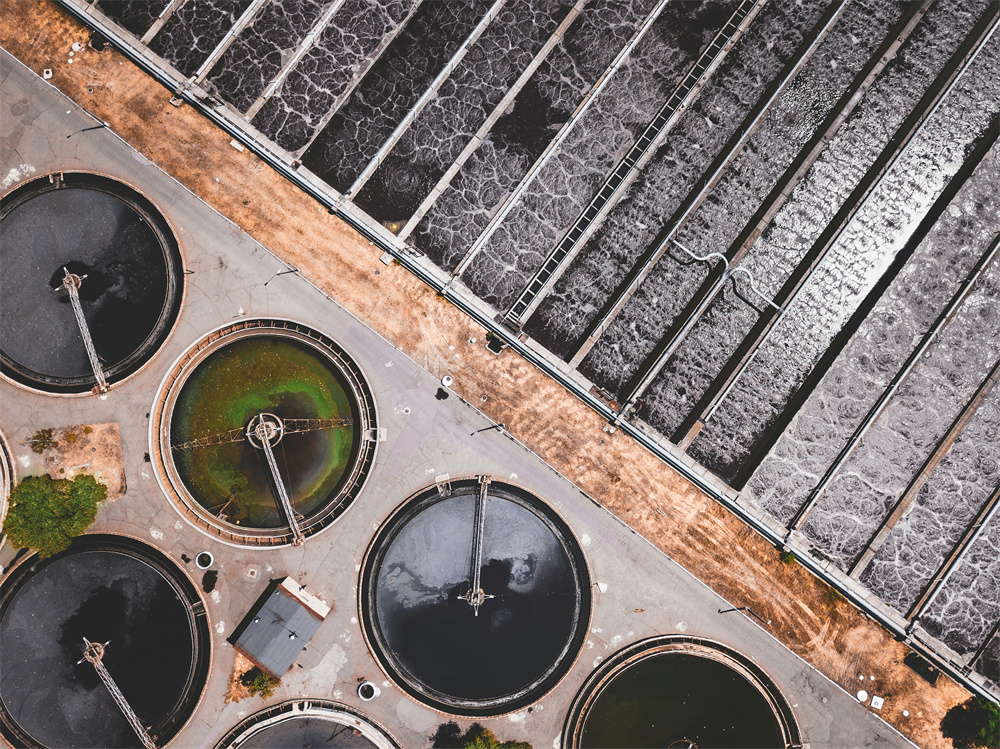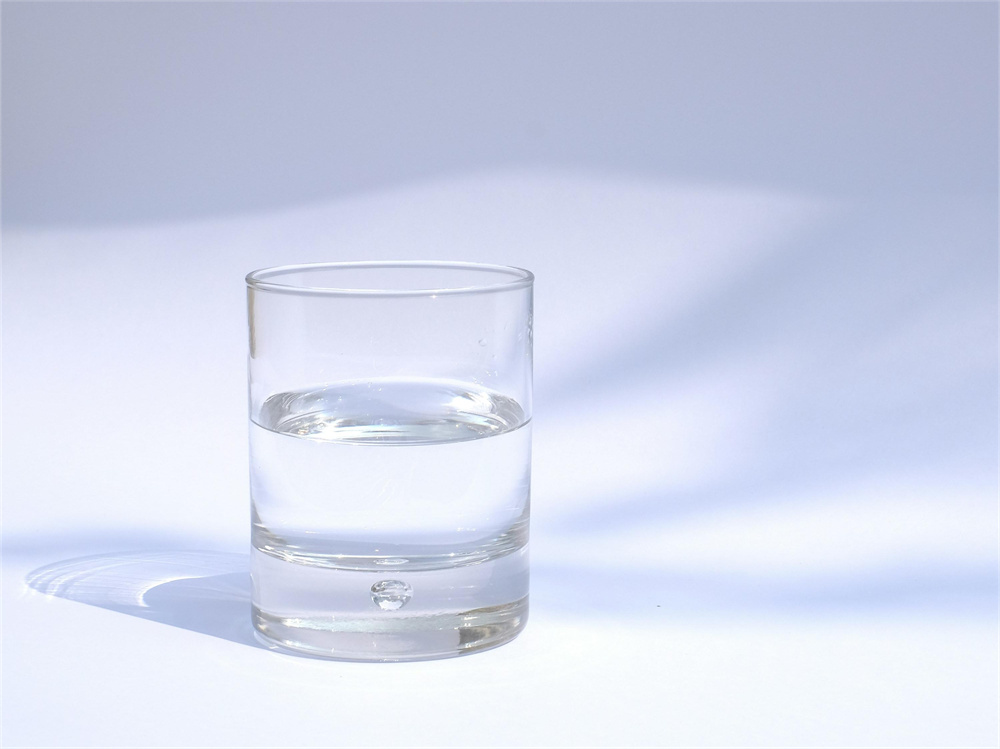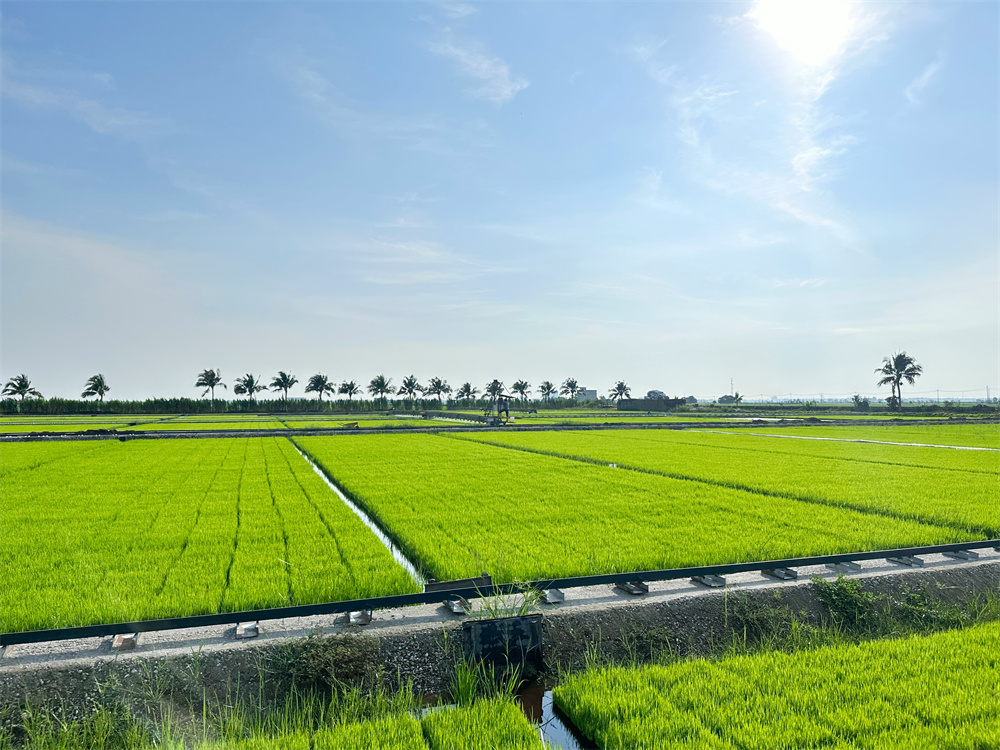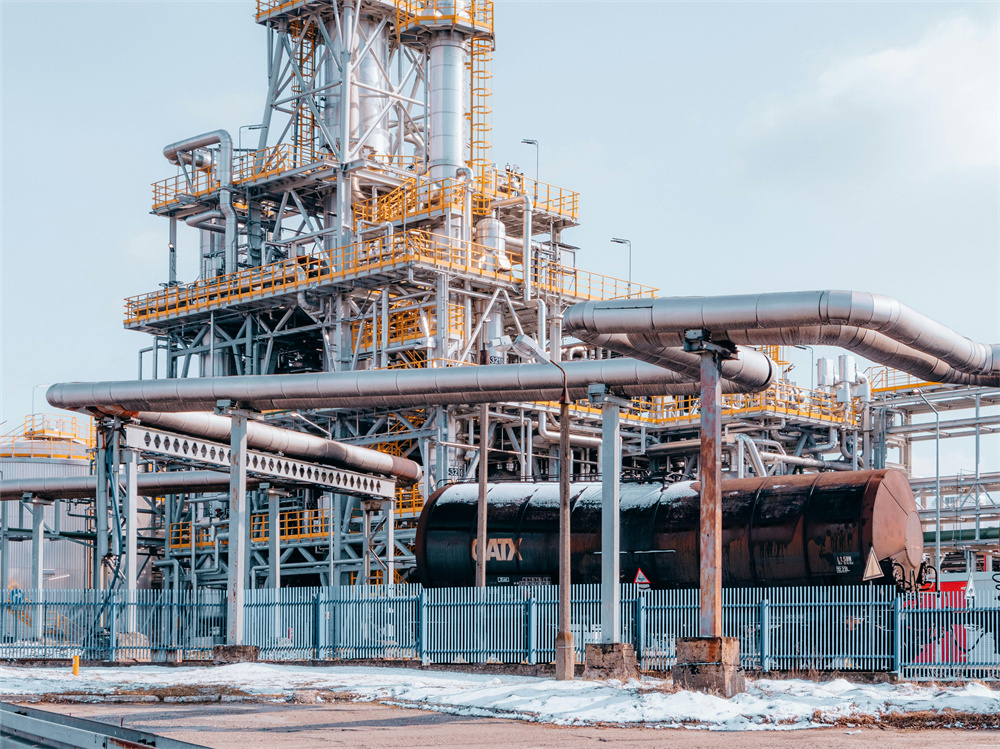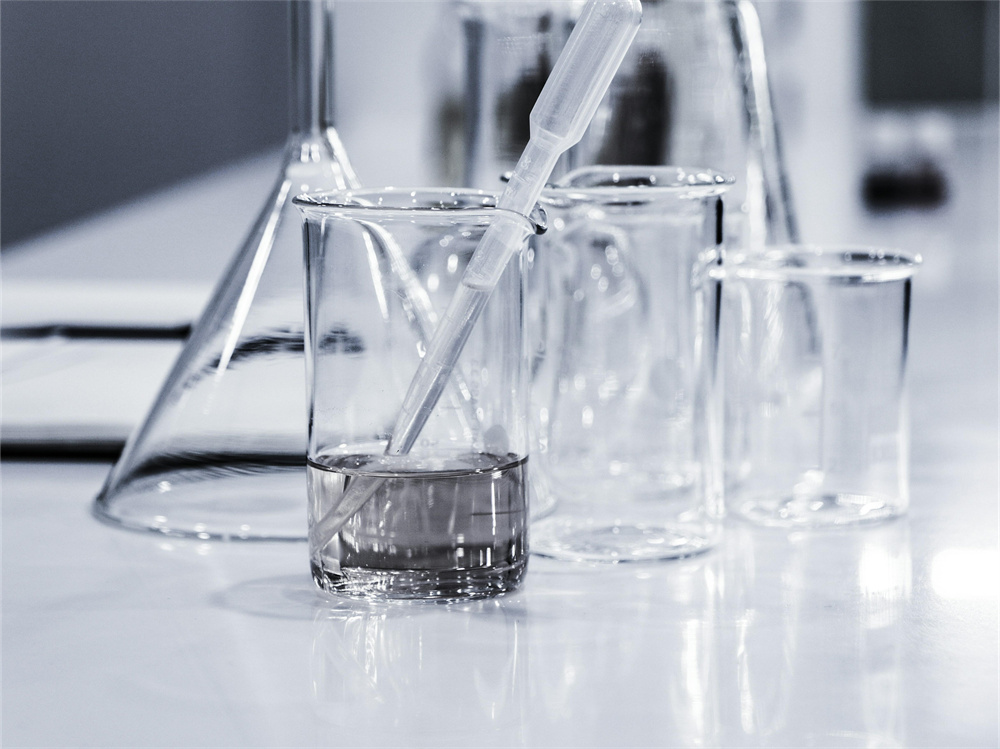Anaerobic Bacteria Agent
Our Anaerobic Bacteria Agent is a specialized microbial product designed to enhance biological treatment efficiency in anaerobic systems. It is widely applied in industrial and municipal wastewater treatment, aquaculture, and other anaerobic digestion applications. This highly concentrated formulation accelerates the breakdown of organic matter, improves methane yield, and strengthens system resistance to toxic substances.
Product Description
Appearance: Fine powder
Living Bacteria Count: ≥ 20 billion CFU/gram
Key Components:
Methanogenic bacteria
Pseudomonas species
Lactic acid bacteria
Saccharomycetes activator
Enzymes: Amylase, Protease, Lipase
This unique blend includes both facultative and obligate anaerobes, carefully selected to thrive in diverse environments and promote efficient anaerobic digestion.

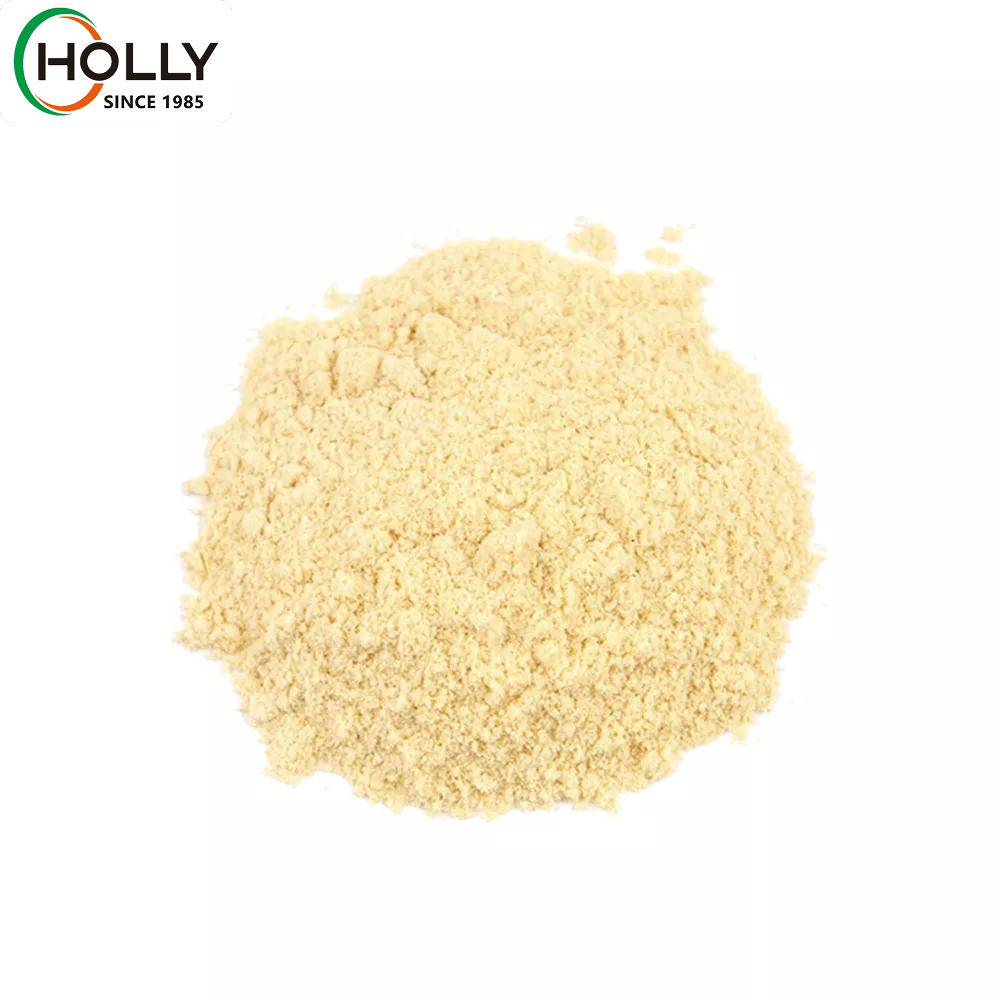

Main Functions
1.Accelerated Organic Degradation
Hydrolyzes complex, insoluble organic matter into biodegradable forms
Enhances biochemical properties of wastewater, preparing it for downstream processes
Enzyme-rich formula (amylase, protease, lipase) speeds up hydrolysis and acidification
2.Enhanced Methane Production
Stimulates methanogenic activity, significantly increasing methane output
Improves overall system efficiency and reduces suspended solids
3.Toxin Resistance
Tolerant to toxic compounds such as chloride, cyanide, and heavy metals
Ensures stable microbial performance even under stress
Application Fields
Our Anaerobic Bacteria Agent is specially formulated for anaerobic treatment stages within municipal and industrial wastewater systems, and is widely applicable across various industries:
Municipal sewage
Industrial chemical wastewater
Printing and dyeing wastewater
Garbage leachate
Food processing wastewater
...and other sources of organic-rich wastewater requiring biological treatment.
With its powerful biodegradation capability and high resilience, it is trusted in multiple sectors, including:
Water Treatment
Municipal and industrial biological wastewater systems
Textile Industry
Degradation of dye residues and chemicals
Paper Industry
Breakdown of organic pulp and effluent loads
Food-Grade Chemicals
Safe application in food-related wastewater scenarios
Drinking Water Chemicals
Suitable for pre-treatment systems under strict safety standards
Agricultural Chemicals
Enhancing biodegradation in agricultural runoff or livestock wastewater
Oil & Gas Auxiliary Applications
Effective in oily wastewater and chemical-heavy effluent
Other Fields
Customizable for complex wastewater treatment challenges
Recommended Dosage
Industrial Wastewater: Initial dosage 80–150g/m³ (based on biochemical tank volume).
Shock Load Events: Add 30–50g/m³/day additionally when influent fluctuations affect the system.
Municipal Wastewater: Recommended dosage 50–80g/m³.
Optimal Application Conditions
1.pH Range:
Effective within pH 5.5–9.5.
Fastest bacterial growth occurs between pH 6.6–7.8
Practical use shows best processing efficiency at around pH 7.5
2.Temperature:
Active within 8°C–60°C
Below 8°C: Bacteria remain viable but with restricted growth
Above 60°C: Bacteria may die
Optimal temperature for bacterial activity: 26–32°C
3.Dissolved Oxygen (DO):
Minimum DO: 2 mg/L in the aeration tank
Sufficient oxygen significantly accelerates microbial metabolism, potentially boosting degradation speed by 5–7 times
4.Trace Elements:
The microbial community requires elements such as potassium, iron, sulfur, magnesium, etc.
These are typically available in soil and water, and do not require special supplementation
5.Salinity Tolerance:
Applicable to both freshwater and saltwater
Tolerates salinity up to 6%
6.Chemical Resistance:
Highly resistant to toxic compounds including chloride, cyanide, and heavy metals
Packaging & Storage
Packaging: 25kg plastic woven bag with inner lining
Storage Requirements:
Store in a dry, cool, and ventilated environment below 35°C
Keep away from fire, heat sources, oxidants, acids, and alkalis
Avoid mixed storage with reactive substances
Important Notice
Product performance may vary depending on influent composition, operational conditions, and system configuration.
If bactericides or disinfectants are present in the treatment area, they may inhibit microbial activity. It is recommended to evaluate and, if necessary, neutralize their impact before applying the bacteria agent.






